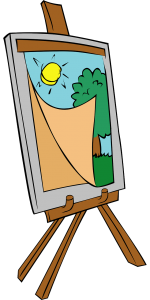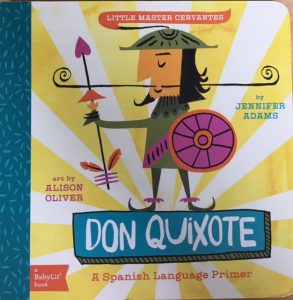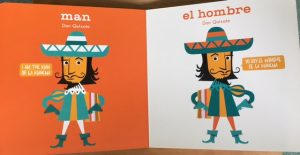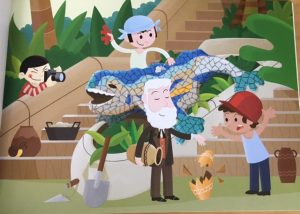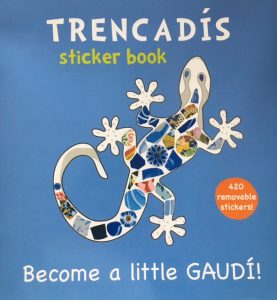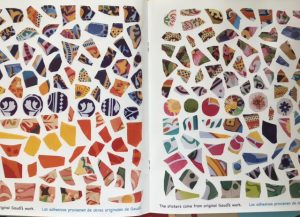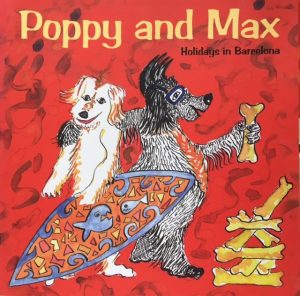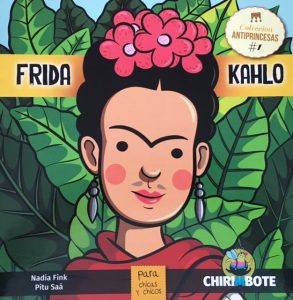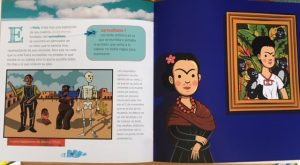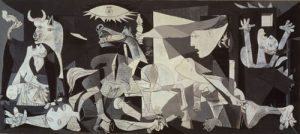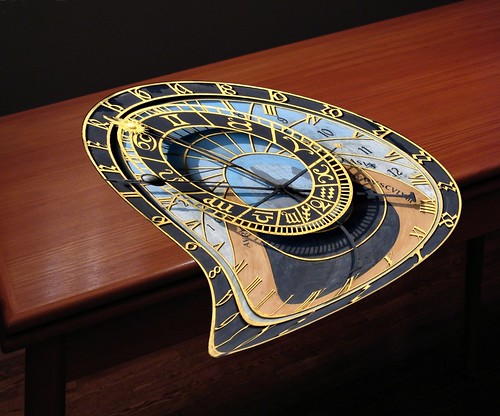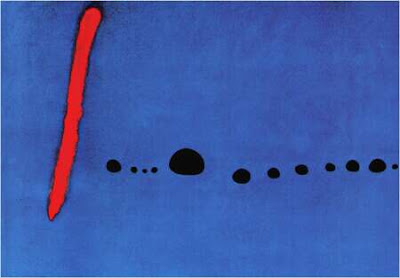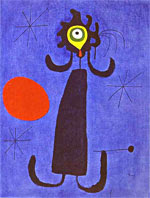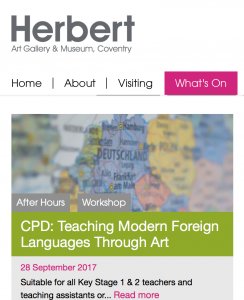 A brilliant opportunity has come to my attention via the LiPS group on Facebook. If you’re interested in art and/or languages and you live in or near Coventry, or can get there on 28th September by 4pm, I’d say register. And as the blurb says, it’s not just for language teachers – it;’s for any KS1/2 staff member. And if you do go, please report back as I’m disappointed that I won’t be able to attend as it’s just my thing! (Really hope they repeat it on a day i can attend!)
A brilliant opportunity has come to my attention via the LiPS group on Facebook. If you’re interested in art and/or languages and you live in or near Coventry, or can get there on 28th September by 4pm, I’d say register. And as the blurb says, it’s not just for language teachers – it;’s for any KS1/2 staff member. And if you do go, please report back as I’m disappointed that I won’t be able to attend as it’s just my thing! (Really hope they repeat it on a day i can attend!)
Teaching Modern Foreign Languages through Art
Herbert Art Gallery & Museum
Thursday 28 September, 4.00-5.30pm
Suitable for all Key Stage 1 & 2 teachers and teaching assistants.
Knowledge of a MFL isn’t necessary.
Includes a tour of the new Picasso exhibition
Cost £20
Explore, consider and learn how to use art when teaching modern foreign languages in this cross-curricular workshop.
Finding inspiration from our newest exhibition Picasso: Linocuts from the British Museum, language expert Anna Grainger* will draw on her 20 years of experience to discuss ways in which non-specialists (so don’t worry, you don’t need to be able to speak a foreign language to take part) can use artworks to think about vocabulary, history and culture. This workshop also includes a special private view, tour of the exhibition, and an opportunity to learn more about the Coventry Primary Languages Hub.
*Notes on the speaker: Anna has taught languages for 20 years and is currently a specialist MFL teacher and international coordinator at Alderman’s Green Primary School in Coventry. The school has recently been awarded the British Council’s prestigious International School Award in recognition of its work to bring the world into the classroom.
Booking essential, please contact Nicky McIntosh on 024 7623 4271, nicky.mcintosh@culturecoventry.com
